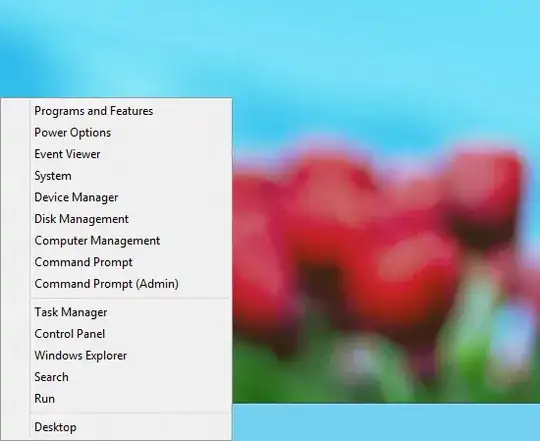An alternative is to turn UAC off completely and always run all programs as administrator. It's maybe not recommended but believe me, it's a relief.
In Vista you could turn it off in the control panel, in Windows 7 you must modify the registry (Note: This is NOT the same as the no nags setting which only hides UAC without disabling it):
Windows Registry Editor Version 5.00
;Disable UAC
[HKEY_LOCAL_MACHINE\SOFTWARE\Microsoft\Windows\CurrentVersion\Policies\System]
"EnableLUA"=dword:00000000
A reboot is required after changing this.
Also be warned that this also disables VirtualStore (the redirection of reads and writes to/from the program files folder). To keep rogue programs intact you need to properly merge the .../AppData/Local/VirtualStore with your program files folders.
